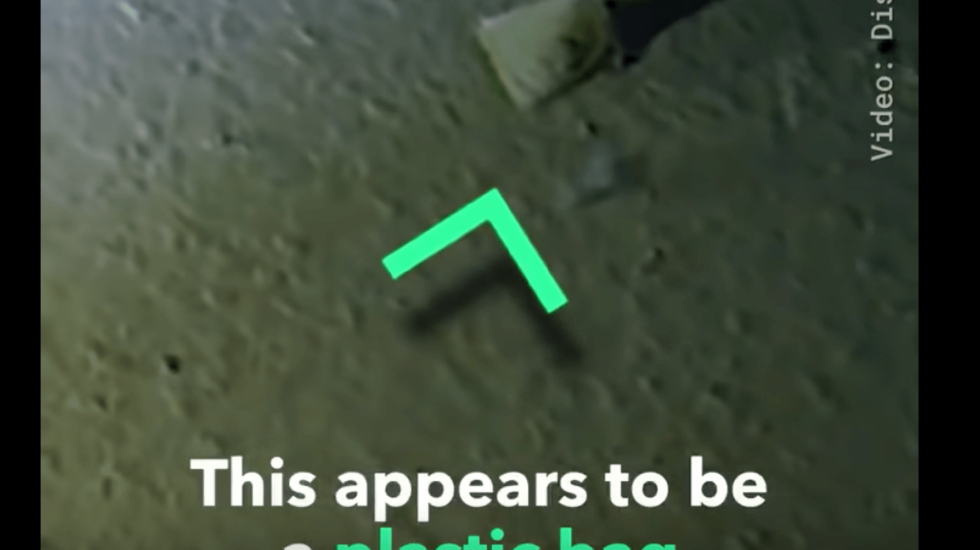Two weeks ago, Victor Vescovo set a new record for the deepest ocean dive in history — to the bottom of the Challenger Deep, 6.8 miles below the surface of the Pacific.
Unfortunately for Vescovo, the headline for his feat isn’t about what he did, but about what he found: plastic trash.
It wasn’t much — perhaps a small bag or a candy wrapper, although there’s some question about that.
But the fact that it had reached so remote a place — 35,380 feet down — underscored a recent UN report about the deadly impact of human activity on all the other species of animal life in the world.
Researchers estimate that each year, 8 million tons of plastic end up in the oceans, and plastic debris kills over 100 million sea creatures.
“I was disappointed to see human contamination in the deepest point in the ocean,” Vescovo told the Washington Post. “With over 7 billion people on the Earth, the oceans are going to be impacted negatively by mankind, but I hope we can at least minimize it in the future.”
Vescovo’s team “believes they discovered four new prawn-like species” and also identified a spoon worm, a pink snailfish, and other deep-sea inhabitants, says CBS News, adding that “scientists plan on testing the creatures they collected to see if they contain microplastics.”
It’s likely they’ll find some: British researchers reported this year that they found plastic particles in more than 70% of deep-sea amphipods they studied — similar to the crustaceans Vescovo observed — and in all those taken from the Mariana Trench, where the Challenger Deep is located.
Vescovo’s record-setting dive was documented for an upcoming Discovery Channel series, “Deep Planet.” It was one of five dives he made in the Mariana Trench, part of his ongoing Five Deeps Expedition, whose goal is to reach the deepest points in all five of Earth’s oceans.
Vescovo, 53, is a wealthy Texas businessman and an extreme adventurer: he has already climbed the highest mountains on all seven continents.



